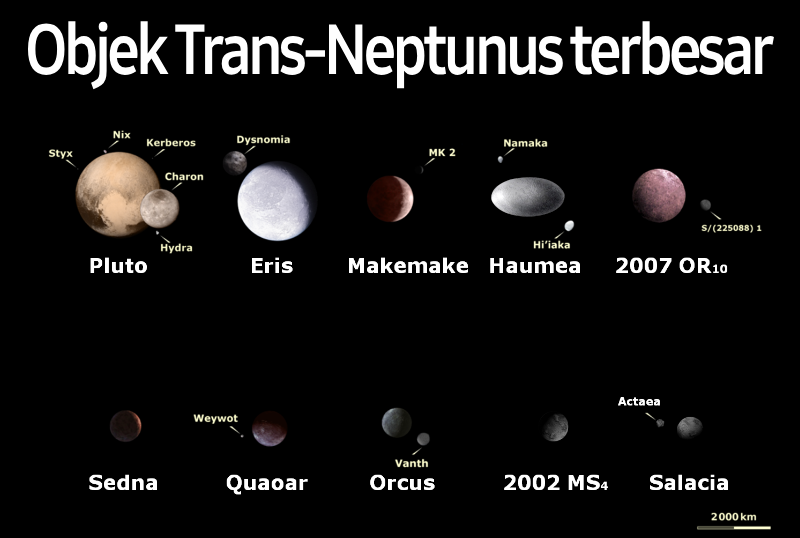New Trans-Neptunian Object 'Ammonite' Challenges Planet Nine Theory

Scientists have recently identified a new trans-Neptunian object (TNO), designated 2023 KQ14 and nicknamed 'Ammonite', which is reshaping current understanding of our solar system. This discovery, reported on July 19, 2025, indicates that Ammonite is approximately 100 miles in diameter and follows an extreme orbit, reaching distances up to 252 times that of Earth's orbit. Researchers from Academia Sinica in Taipei, led by Dr. Ying-Tung Chen, suggest that the characteristics of Ammonite may challenge the existence of the hypothetical Planet Nine, a proposed massive planet believed to be lurking in the outer solar system.
Ammonite belongs to a class of distant celestial bodies known as 'sednoids', named after the dwarf planet Sedna. According to the research published in Nature Astronomy, the discovery of Ammonite provides a unique opportunity to evaluate contemporary models of outer solar system formation and evolution, highlighting the diverse orbital properties of distant solar system objects. Dr. Chen stated, "The discovery of 'Ammonite' emphasizes the need to reconsider our models concerning the formation of the furthest reaches of our solar system."
The implications of Ammonite's discovery extend to the ongoing debate surrounding Planet Nine. Many astronomers have speculated that a large, undiscovered planet must exist to account for the peculiar orbits of several trans-Neptunian objects. However, the orbit of Ammonite does not align with the predictions made by these theories, suggesting that its characteristics may not support the hypothesis of Planet Nine's existence, according to the study's findings.
The concept of Planet Nine has captivated astronomers since its proposal in 2016, when researchers began observing unusual patterns in the orbits of certain TNOs, which appeared to be influenced by the gravity of a massive, unseen planet. This theory gained traction as astronomers gathered more evidence, yet the identification of new objects like Ammonite introduces complexities that challenge existing models.
Experts in the field have expressed varied perspectives on the significance of Ammonite's discovery. Dr. Michael Brown, a planetary astronomer at Caltech, noted, "The more we discover about the distant solar system, the more we realize how little we understand. Ammonite is a prime example of that complexity. It forces us to rethink our assumptions about the dynamics of these far-off objects."
Conversely, Dr. Karen Meech, an astronomer at the University of Hawaii, emphasized the potential for new discoveries to refine rather than dismiss existing theories. "While Ammonite may not fit the mold for Planet Nine, it offers insights into the dynamics of our solar system that we have yet to fully comprehend. Each new object adds to the narrative of our cosmic neighborhood."
The discovery of Ammonite has sparked interest not just among astronomers, but also in the broader scientific community. As more research is conducted on this and similar objects, scientists are hopeful that it will lead to a deeper understanding of solar system evolution. This newfound knowledge may ultimately help clarify the existence of Planet Nine or lead to the development of new theories entirely.
As the research community continues to analyze Ammonite, the implications of its orbit and characteristics will likely play a critical role in shaping future explorations and studies of the outer solar system. The ongoing dialogue among scientists reflects a commitment to uncovering the mysteries of our celestial environment, even as new discoveries challenge long-held beliefs.
Advertisement
Tags
Advertisement





